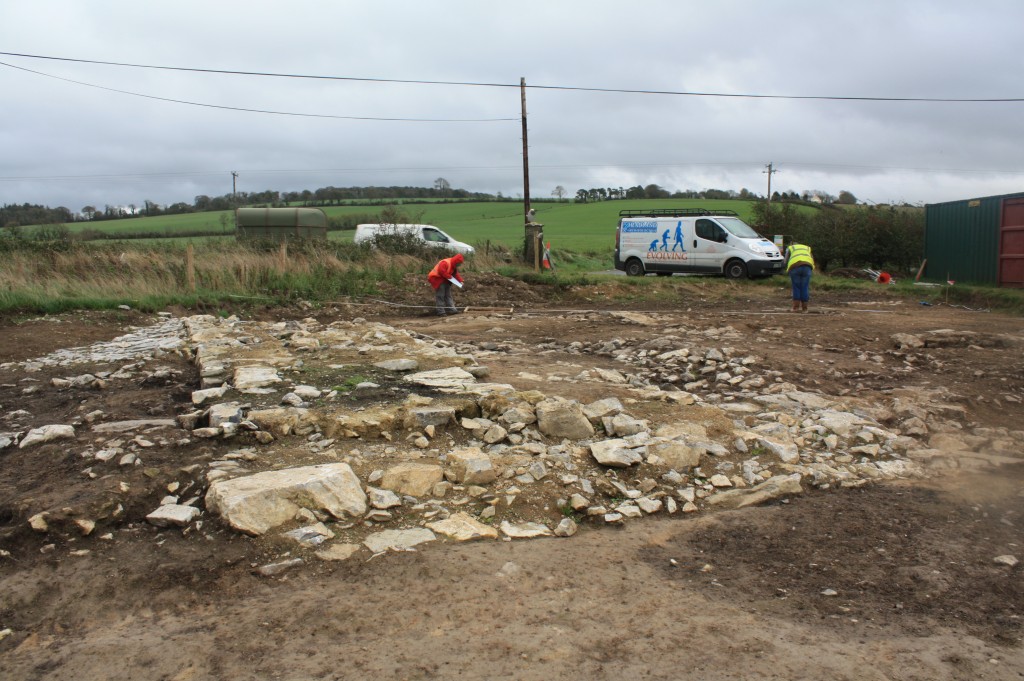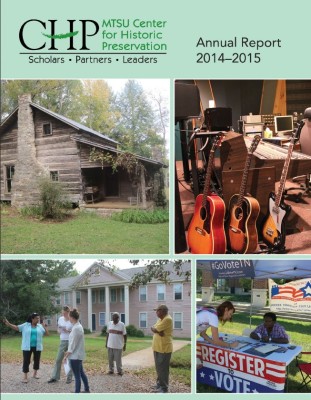As the excavation at Caherduggan Castle winds down we are now concentrating on post-excavation works and trying to find out more about the people who occupied the site. With that in mind we have begun to explore the history of the Castle in the 1640s, when Ireland was engulfed in a conflict known as the Eleven Years War. Some of our finds, and possibly some of our structures, may date from this period.
The wars that erupted in 1641 continued into the 1650s, and would be characterized by an extreme level of religiously motivated violence between Catholics and Protestants. The final stages of the conflict would see the Parliamentarian Army of Oliver Cromwell come to Ireland and eventually crush all opposition. Caherduggan Castle was not immune to the events of this turbulent time; the war would come all to close in the early months of 1644.
During this period a series of witness testimonies were recorded that described events regarding the alleged activities of Irish insurgents. They survive to this day, and form an amazing body of documents known as the 1641 Depositions. These accounts give us a remarkable insight into what was taking place at Caherduggan on one day during the Eleven Years War.
There are a number of depositions which mention Caherduggan, but perhaps the most dramatic are those of Patrick Morrell and Elizabeth White; both lived there when, on the 15th April 1644, the Irish attacked. 36-year-old Morrell stated that he was present when the Irish party, led by Redmond Roche, seized the castle by surprise with 7 or 8 men. During the fight one of the occupants, ‘Dermot O’Brother’, was shot dead. Roche kept possession of the the castle and also kept a number of the occupants as hostages. Morrell recognized some of the assailants who accompanied Roche as ‘Redmond Danuane of Dannanstowne’, ‘John Roche of Ballynamoney’ and John’s son ‘Morris’.

Elizabeth White was 40 years old at the time of the attack, and also remembered ‘Dermot O’Brother’ a Protestant, being shot and killed on the bridge beside the Castle. She was able to identify the man who fired the shot, as ‘one Phelim’. She corroborates Morrell’s account of those Irish present, stating that about an hour after Caherduggan was taken she saw Redmond Roche in the presence of ‘John Roch of Ballynamony’, John’s son ‘Moroice Roch’ and ‘Redmond Dannan’. However she claims that ‘some of the Garvans’ and ‘some of Garrett Nagle’s sonns’ were also involved. Worse was to come for Elizabeth and her family following Caherduggan’s capture, as her husband John Brice was taken before Redmond Roche and ordered to hand over all his money, which she says was £30.
The testimonies of Patrick Morrell and Elizabeth White bring to life a dramatic day in the life of Caherduggan Castle, when Irish Confederates attacked on the 15th April 1644. It also highlights the personalized and local nature of this bloody conflict, where many of the individuals on opposing sides knew each other. We have only begun to scratch the surface of historical research on Caherduggan; further work will reveal details that we will combine with the results of our excavations to provide us with a unique glimpse into the story of this fascinating North Cork site.
References & Further Reading

Great to put the castle in context Damian. I’m curious, were Elizabeth White and Patrick Morrell not Irish?
No problem Murray, glad you enjoyed it! There is a very strong chance they were, and the man who died, ‘O’Brother’ seems similar to ‘O’Bruadair’, a typically ‘Irish’ name. In many of the depositions and indeed in accounts of the period individuals often refer to the Confederates or insurgents as ‘Irish’- for example both White and Morrell refer to the attackers as the ‘Irish party’- even where people were actually born in Ireland they may not have seen themselves as ‘Irish’ with all the connotations that had at the time.
Kind Regards,
Damian.
Fascinating snapshot from turbulent times – thanks!